I. Some notes for new car drivers
1. Familiarize yourself with the operations before driving
Before driving, you should learn how to familiarize yourself with basic operations such as adjusting the steering wheel and seat for maximum comfort or adjusting the rearview mirror to ensure you can see the entire scene behind, making driving more convenient.
2. Choose the right shoes

If you are a new driver who has not mastered the controls of the car, for more convenience, you should choose suitable shoes such as loafers, avoid wearing high heels or shoes with laces, because they can easily cause entanglement when braking.
3. Be careful about the distance between vehicles
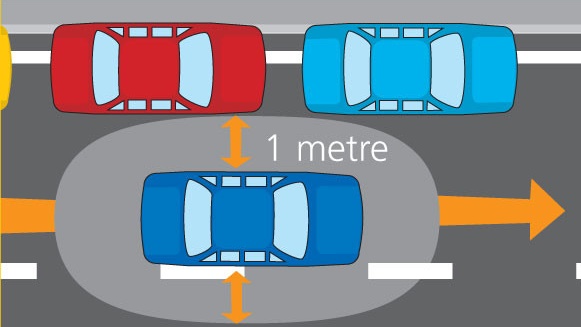
One of the important skills when driving a car is to keep a safe distance from the surrounding vehicles. Each car model will have different sizes, you need to learn how to measure and feel the good distance between cars, this helps to limit unfortunate collisions when participating in traffic.
For more safety, you can equip your car with additional accessories to support surrounding observation such as installing a 360 camera to keep a good distance from other vehicles when moving in traffic.
4. Always keep an eye on your rearview mirror.
Maintaining the habit of observing the rearview mirror helps you avoid situations such as cutting in front of the car, being blocked by the line, scratching the side of the car, etc. In addition, observing the rearview mirror also helps you easily reverse the car, avoiding collisions with the car behind.
5. Strong mentality
For drivers, especially new drivers, maintaining a stable and steady mentality is very important.
There is a big difference between learning and reality and the current traffic situation is becoming more and more complicated, so you need to focus completely, ignore distractions to drive in the safest way.
While driving, you need to pay attention to signs and intersections to avoid violating the Road Traffic Law.
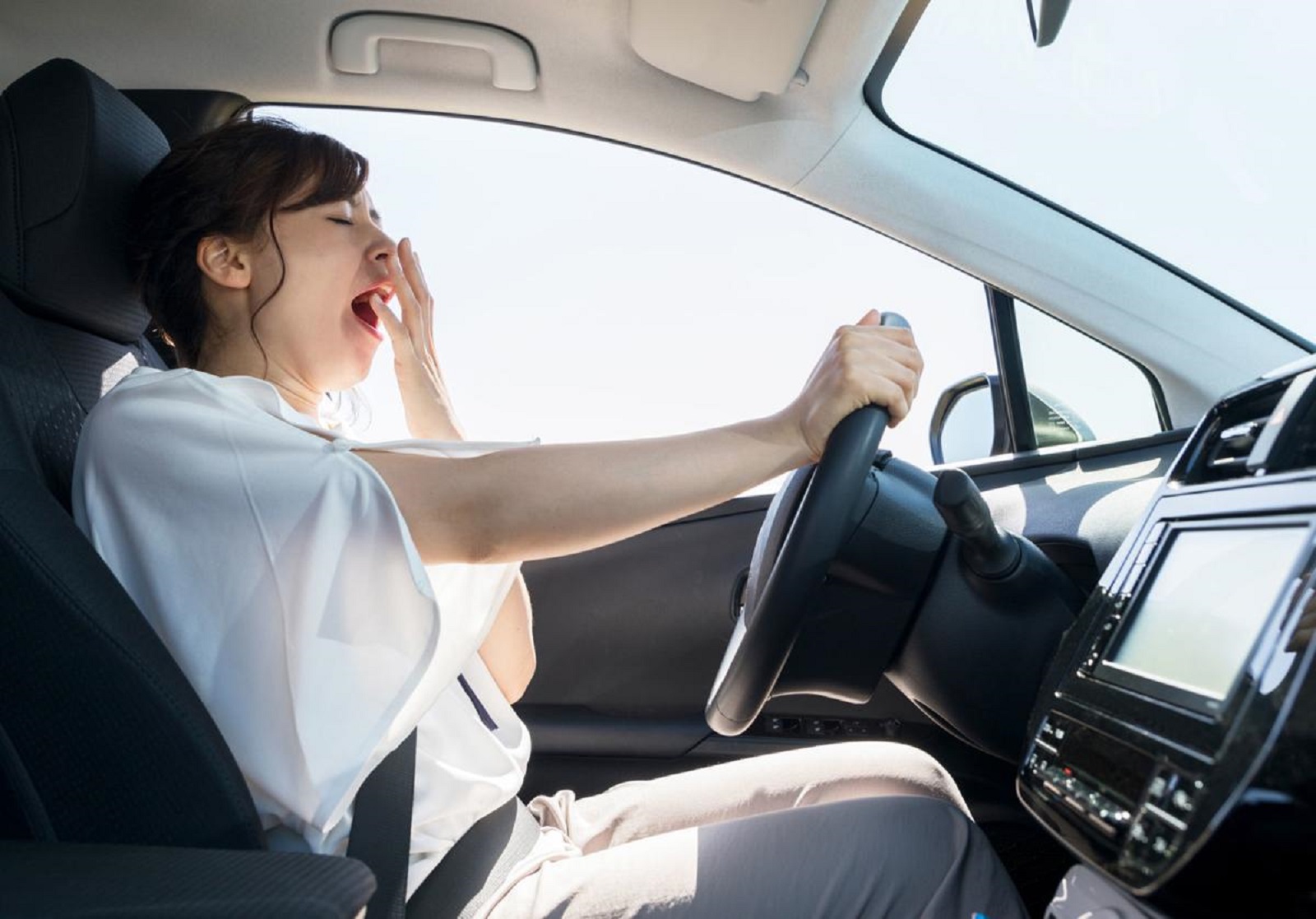
6. Choose a small, easy-to-control car
Experience for new drivers is to avoid cars with large capacity, because the car will have a stronger engine, causing excitement during driving.
This can easily distract the driver and can cause collisions when the driver cannot control the situation.
7. Give way
For new drivers, you should learn to yield the right of way, go slow and steady.
In cases where the car behind honks or flashes its lights to ask to pass, stay calm and look in the rearview mirror. If you see a safe distance, turn on your turn signal and give way.
After giving way, return to your previous lane and proceed as normal.
8. Bring all documents
Before going out, you need to make sure you have all your driving documents such as driver’s license, car insurance, registration card, etc.
The above documents help you avoid trouble when having a collision or being checked by traffic police while your vehicle is on the road.
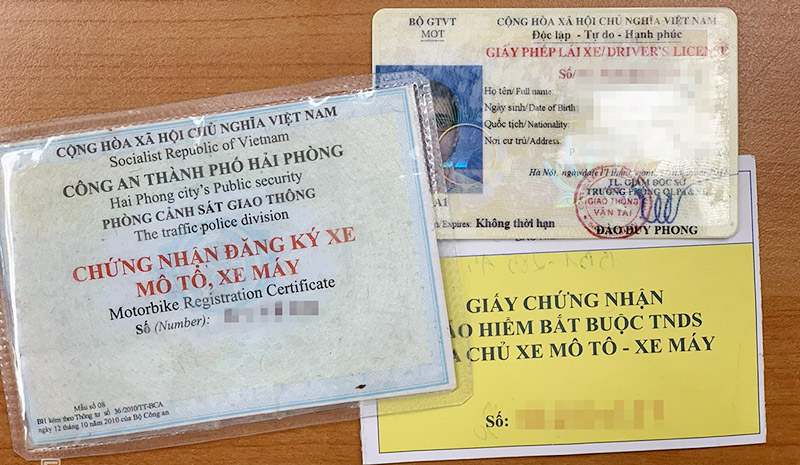
9. Walk at a moderate pace
When you first drive a car, you should maintain a moderate speed, not too fast, this helps you control the situation better, avoiding unnecessary collisions.
Once you are used to driving at low speeds and have mastered your driving skills, slowly increase your speed.
10. Practice safe turning skills
Turning a car around is a basic skill, but not everyone knows how to do it safely, especially newbies. In places where there are signs allowing U-turns or crossing the street, signal early, and when you are close to where you can turn, slowly turn the wheel and look in the rearview mirror.
You need to observe and find a position where you can turn around with the least impact on traffic on the road. Always stay calm when turning around.
11. Always wear your seat belt and do not drink alcohol before driving.
Not only new drivers but all those who participate in traffic are required to not use alcohol or alcoholic beverages. In addition, you need to pay attention to fastening your seat belt before driving, because if you do not fasten your seat belt, the airbag will not work in the event of an accident.
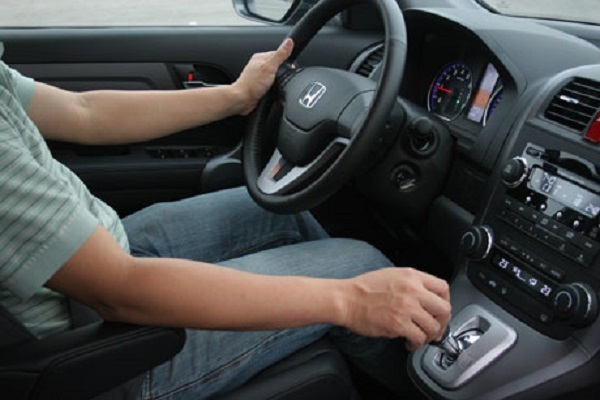
12. Pay attention to signs
When participating in traffic, you need to get into the habit of observing signs such as no cars, speed limit, no stopping and parking,…
This makes driving safer and avoids traffic violations, which can lead to unnecessary fines.
13. Practice safe parking skills to avoid scratches
Parking in reverse or parallel requires skillful driving.
There is no standard parking distance, so you need to practice your ability to sense the exact distance. When parking, you need to observe the rearview mirror and maintain a calm state.
See also:
II. Some experiences for new manual transmission drivers
1. Pay attention to the clutch and accelerator
For manual transmission vehicles, you need to pay attention to the clutch and throttle, that is, when releasing the clutch, slowly press the accelerator. When you need to change gears, you need to reduce the throttle, depress the clutch fully and change gears.
The process requires smooth coordination between the accelerator and clutch pedals, supporting smooth, non-sluggish manual driving.
2. Go up with the gear to gain momentum, downshift and accelerate.
Shifting up to gain momentum and shifting down to accelerate is a skill that needs to be mastered when driving a manual transmission car, because when shifting up before the car reaches the appropriate speed, the car will be sluggish (forced gear). This can easily cause the car to accelerate weakly and stall in the middle of the road.
So, before you want to increase the gear, you need to create momentum so that the vehicle speed is compatible with the gear you want to shift. When shifting, you need to release the accelerator to reduce the vehicle speed.
To shift into lower gears more smoothly, you need to step on the gas pedal quickly (accelerate) so that the engine speed is the same as the vehicle’s speed.
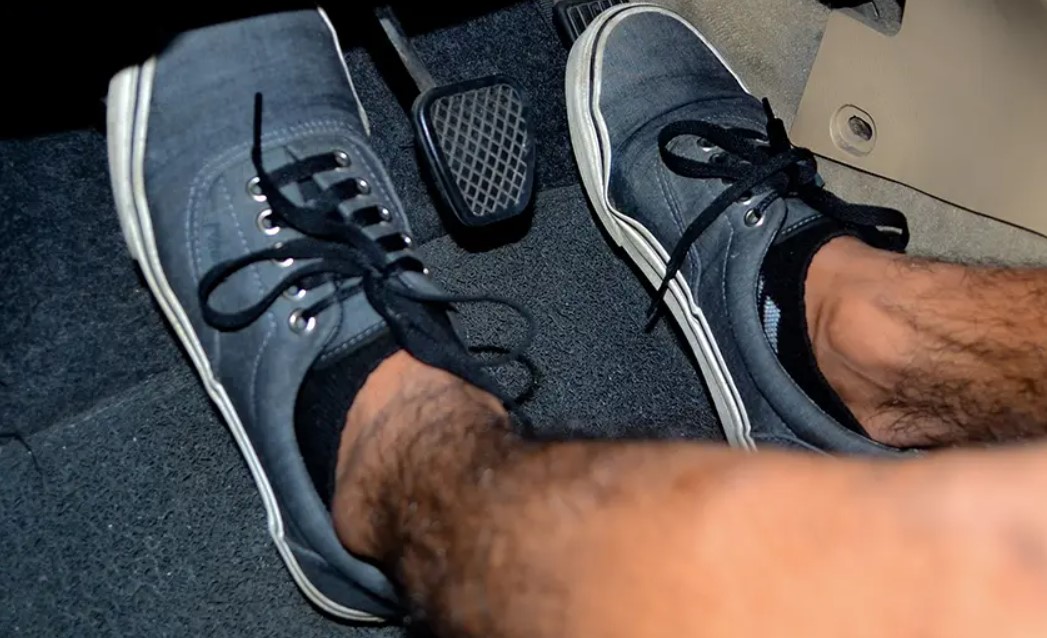
3. Front brake and rear clutch
According to experts, drivers of manual transmission cars should prioritize braking first. When the clutch is released, the car will run on inertia. Therefore, if the clutch is released first, the car cannot be stopped by the engine, causing the distance and braking time to be longer, which is dangerous.
So, if you drive at medium to high speed, you need to brake first and clutch later.
4. Clutch before brake when going slow
If you are driving at a slow speed, you should shift to a lower gear and use the clutch before the brake to avoid stalling. This is a must-know tip for those who drive a manual transmission car.
Above is information related to the notes that new car drivers need to know.